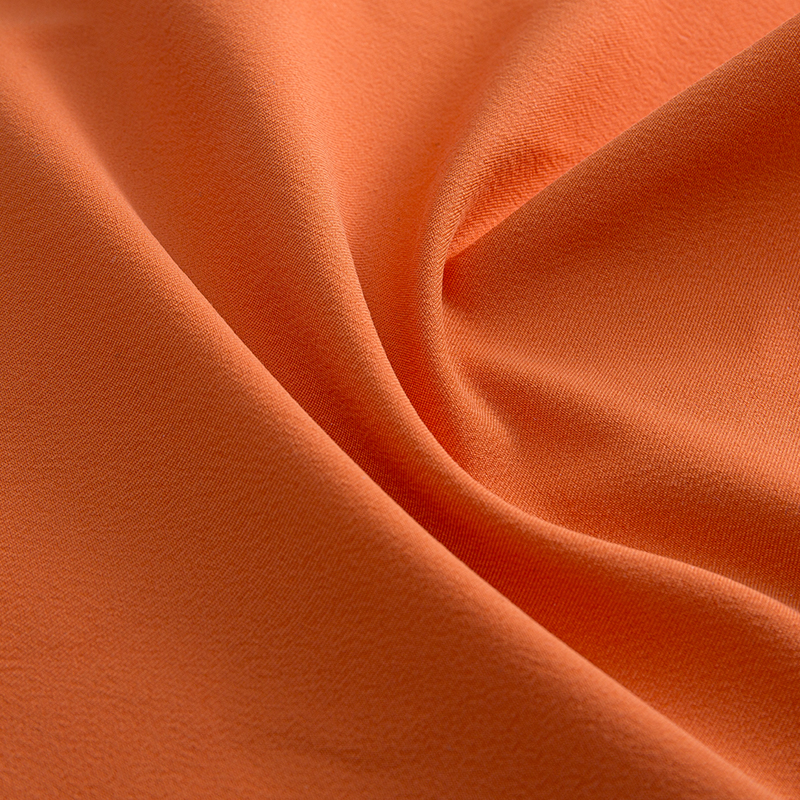
What is the stretch fabric without plastic?
Non-Plastic Stretch Fabrics (Natural Stretch Textiles)
1. Natural Stretch Fibers
Natural Rubber Thread
Extracted from the sap of rubber trees, it has high resilience but is susceptible to aging.
Commonly used in traditional underwear Stretch bands and sock cuffs.
Mohair Blend
The natural crimp structure of Angora goat wool provides Stretchity.
Suitable for warm knitwear such as sweaters and scarves.
2. Structural Stretch (Non-stretch fiber, relies on weaving)
Rib Knit
Stretchability created by alternating forward and reverse stitches.
Commonly used in areas requiring Stretchity, such as collars and cuffs.
Honeycomb Weave
A special weave creates a stretchable, three-dimensional structure.
Used in sportswear and yoga pants (no spandex, but stretchable).
3. Bio-based Stretch Fibers
Latex Fiber
Bio-based latex cured and spun into biodegradable yarn.
Used in high-end shapewear and medical protective gear.
Alginate Fiber Fiber
Extracted from brown algae, slightly expands and rebounds when exposed to moisture. Suitable for eco-friendly bandages and biodegradable sportswear.
4. Alternatives to Traditional Stretch Fabrics
Stretch Silk
Strongly twisted silk yarn with a special weave creates a slight Stretchity.
Used in high-end cheongsams and intimate apparel.
Hemp-Cotton Stretch Blend
The natural bending properties of hemp fiber provide a slight Stretchity. Suitable for casual pants and loose-fitting shirts.
5. Usage Limitations
Rubber Fiber: Not resistant to sweat and oil, easily brittle.
Structural Stretch: Tends to loosen after prolonged stretching and cannot be restored.
Best Uses: Short-term use, eco-friendly clothing, and products suitable for sensitive skin.




 English
English 

 PREV
PREV








